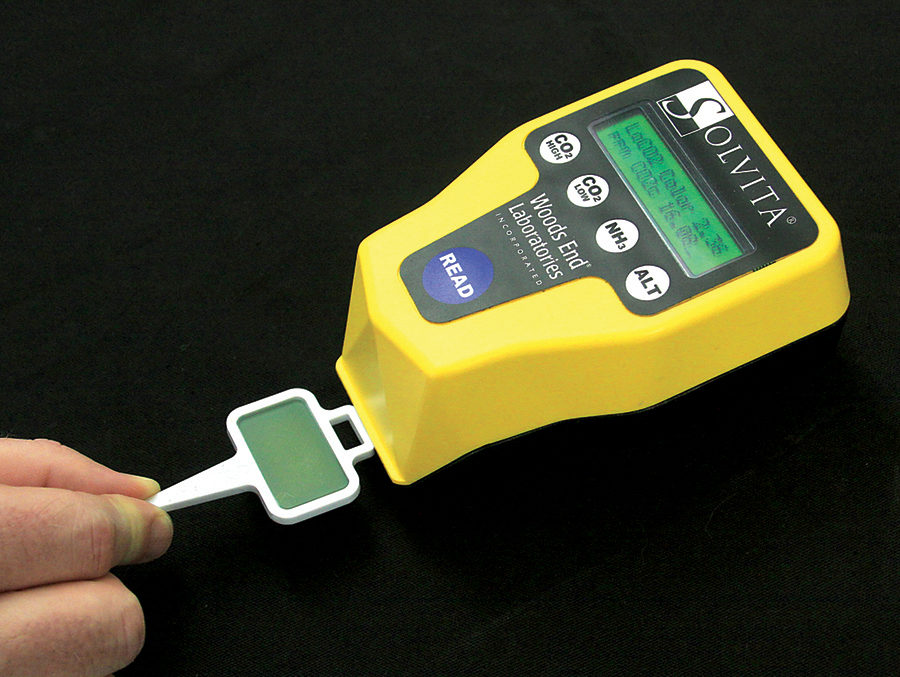No-Till Farmer
Get full access NOW to the most comprehensive, powerful and easy-to-use online resource for no-tillage practices. Just one good idea will pay for your subscription hundreds of times over.

Traditional soil tests go a long way toward helping growers gauge the amount of nutrients needed for fields.
But as technology has changed nearly every facet of agriculture, it has changed today’s soil tests which now go beyond those measures to determine the actual health of no-tilled soils.
In the process, input costs can be reduced and growers can better measure the success of their no-till practices.
Focusing on soil health is simple change in mindset that can benefit fields and improve the overall profitability of a farm, says Ray Ward, president of Ward Laboratories in Kearney, Neb.
“Farmers are getting interested in figuring out how to make soils better,” he says. “They’re asking, ‘How can I make my fertilizer more efficient? How can I reduce pesticides if I have a good, healthy soil?’"
“We were always under the impression that if we put enough fertilizer on, we will continue to get better yields. But we have to make sure it’s safe, and also do a better job of not exporting nutrients to the Mississippi River Basin, Great Lakes or Chesapeake Bay.”
With healthier no-tilled soils, nitrogen recommendations can be reduced by 5%, 10% or even 15% without reductions in yields, while also being less prone to erosion, Ward says.
Most of the high-tech soil tests and mapping technologies that follow are relatively new in their ability to be done affordably and quickly, which makes testing for soil health an area of growth for agriculture.
A couple…